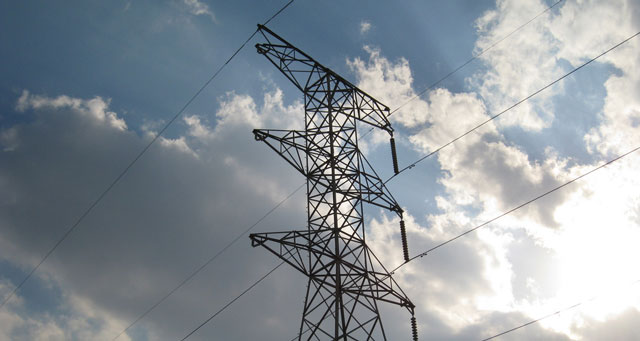
Electricity demand has remained static, requiring an urgent change in future energy plans, National Planning Commission member Anton Eberhard said on Wednesday.
“Electricity demand today is still at 2007 levels. It’s unprecedented. In the entire history of the electricity industry in South Africa, we’ve never had such a long period of static demand,” he told the Cape Town Press Club.
“Of course, it changes the picture. It changes how much supply has to be met and also raises questions of how one needs that, in a more flexible way.”
Eberhard, a professor and energy expert, said the current version of the Integrated Resource Plan would need to be revised urgently. Eskom was building two new coal power stations at a cost of about R340bn.
The Medupi power station in Limpopo was expected to make its first contribution to the grid later in 2013 and Kusile, in Mpumalanga, in 2014.
Eberhard said it was a risky strategy to be investing in large capital plants that took years to build when demand might vary in that time.
“It’s much better and a more smart strategy to adopt smaller scale plants, more flexibly and more quickly to match demand in the country. Of course, gas and renewables lend themselves to that much more.”
Besides coal, the country’s energy options were renewable sources such as wind and solar, nuclear power, imported liquefied natural gas (LNG), offshore gas on the West Coast and the hydraulic fracturing or fracking of potential shale gas in the Karoo.
Eberhard said the planning commission had raised some “critical issues” regarding nuclear power.
“What we said was that the decision should already have been made to invest in nuclear power if we’re to meet the 2023 date, which is in the Integrated Resource Plan. Our first concern is that we’re probably already too late in that investment decision,” he said.
The other concerns were the uncertain capital outlay costs for new nuclear stations and the lack of a financing plan.
The Integrated Resource Plan had outlined intentions for six new nuclear power stations to provide 9 600MW.
Eberhard said the national nuclear energy executive committee was to conduct a peer review on these exact issues, with the NPC hoping to offer input.
On fracking, the NPC was of the view that it would not be the first of new energy sources to be developed. “The first would be West Coast gas and the second would be LNG imports. What’s missing at the moment is a national gas strategy.
“We’re initiating research to get the information which would support the development of such a strategy within the department.” — Sapa




